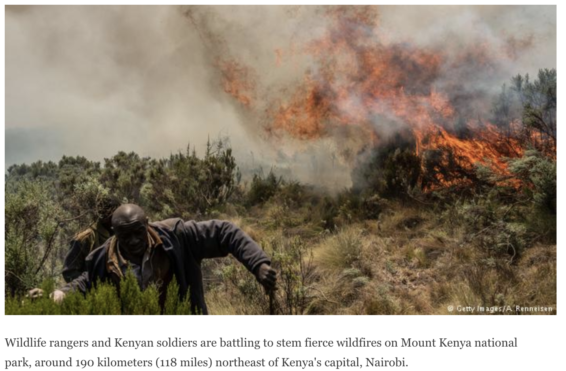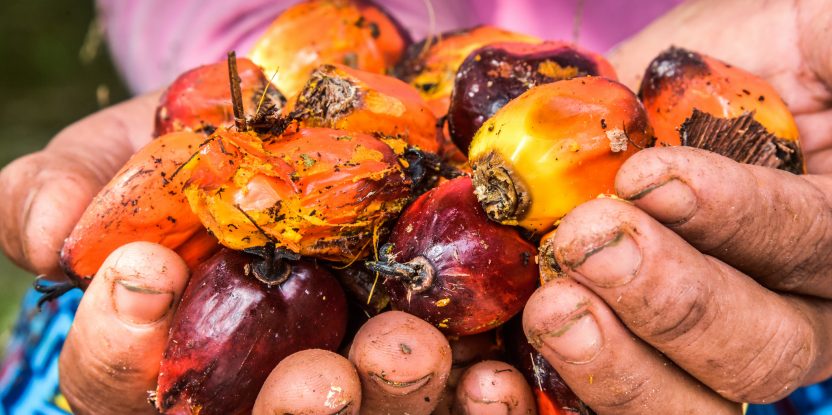
In Forests News last week:
Climate smart biofuel production makes financial sense to Indonesia
A boost in biofuel use will prove a triple win across the archipelago, hitting environmental, social mobility and energy connectivity targets. Read more
CIFOR and Indonesia government renew contract to protect forests
Last week the Indonesia government and Center for International Forestry Research signed a memorandum of understanding, committing to the delivery of cutting edge science research to realise national and international goals. Read more
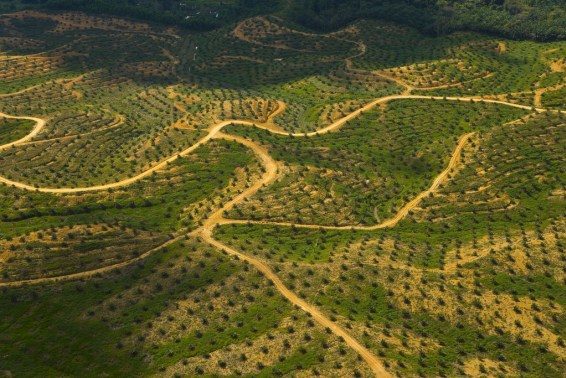
Dirty palm oil gets ditched by world’s largest pension fund
Norway’s Government Pension Fund Global (GPFG) has pulled investments in more than 33 palm oil companies because of their links to deforestation. Norway has the world’s largest sovereign wealth fund at $1 trillion. According to Arab News, The GPFG has become a more active shareholder and now pushes sustainability and ethics amongst its investments. This has come as a welcome to green groups, who have previously criticised Norway of double standards for its cash reward schemes to countries for stopping deforestation, while investing in palm oil companies at the same time. Last week Forests News’ ‘Headlines’ reported of Norway’s first pay-out to Indonesia, as it achieved a first-time deforestation slow-down in 2017.
The Battle of Mount Kenya’s Wildfire
Authorities have called upon the service of soldiers and volunteers to help tackle a wildfire that is ravaging Africa’s second highest peak. Mount Kenya, a World Heritage site in Mount Kenya’s National Park, has lost 80,000 hectares of its forests since the fires started raging last week, Deutsche Welle reports. High temperature and a change in wind direction have made it difficult to keep the fires under control. The fire is currently threatening the park’s natural bamboo forests and its wild animals. The reason for the fire is so far unclear, with some local media reporting that the area is being cleared by farmers for illegal marijuana plantations, whilst other officials point the finger at local honey gatherers who burn the grass to kill ticks. As well as boasting great biodiversity, Mount Kenya is the catchment for the country’s two main rivers.

Breathing life into a forest
The Bonn Challenge – a global initiative that works to restore 150 million hectares of deforested or degraded land by 2020, and 350 million hectares by 2030, is helping to be realised by impact investors, the BBC reports. Financial organisations with triple goals, looking for a modest return on their investment, environmental and social gains are backing ‘safe’ projects in what they deem as “low-risk” countries. In northern Spain a tree planting project is reversing the risks of desertification; in Panama a former cattle ranch has been revitalised into a secondary forest, providing local jobs for the running of its sustainable cocoa and timber plantation; and in Costa Rica the jungle has reclaimed a cattle ranch which now attracts ecotourists as well as howler monkeys and macaws.
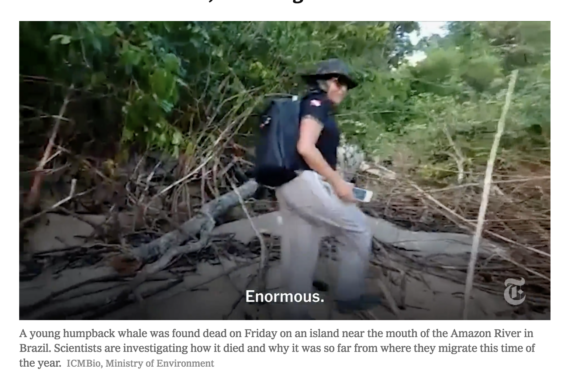
Scientists baffled over humpback whale carcass in the Amazon
Experts were left baffled when they discovered a 26-foot long humpback whale, 50 feet in-shore in the Amazon jungle. The New York Times reports that the marine biologists were led to the carcass that was wedged among shrubs and bush, when they noticed vultures circling overhead and decided to investigate. Under its normal migratory patterns, the whale should have been 4,000 miles away at its feeding grounds near Antarctica. Biologists have performed a necropsy on the whale- testing for signs of contact with nets and fisher boats, which is the most likely cause of death. It is thought the young whale was separated from its mother before it died.
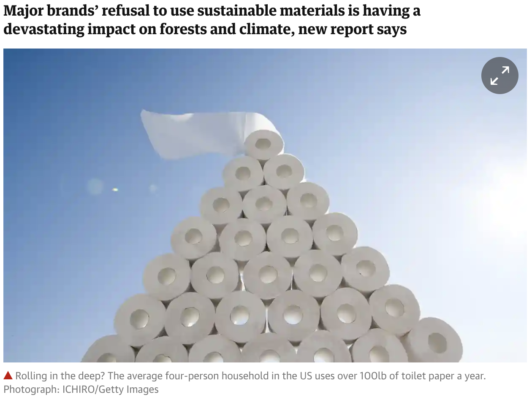
Have we come to the end of the roll?
Soft on your bum, rough on the forests, is not a slogan uttered by any toilet paper brands. But a new report takes aim at America’s heavy use of toilet paper- particularly the soft pillowy kind- saying the toll taken on Canada’s boreal forests is “dramatic and irreversible,” The Guardian reports. Twenty-three percent of Canada’s pulp exports are used for toilet paper, with 28million acres of its forests being axed every year. Previous environmental impact reports around have claimed that the USA’s desire for super-soft multi-ply toilet paper to be “worse than Hummers.” Sixty percent of Canada is covered in boreal forest, meaning it has an immense capacity to absorb carbon from the atmosphere. Canada’s boreal forests are also home to over 600 indigenous communities. Amongst the brands shamed, are Charmin Ultra Soft, Kirkland Signature and Angel Soft.
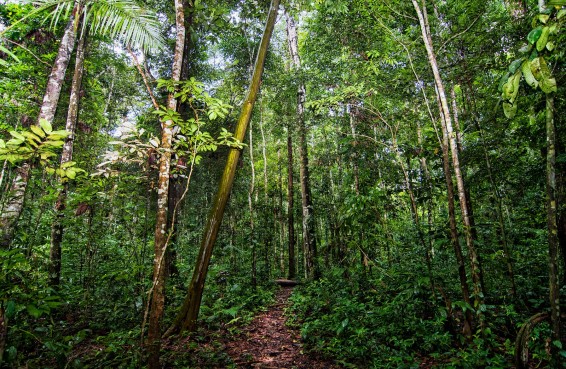
New forests better than old forests at storing carbon, study finds
A new study has upended traditional thinking that primary forests are more efficient at storing carbon than new ones, Mongabay reports. Whilst it is estimated that in-tact old-growth forests sequester 950 million to 1.1 billion metric tons of carbon per year, new forests under 140 years old store between 1.17 and 1.66 billion metric tons per year. One possible cause cited by the researchers is that open and sunny areas can be easily colonized by quick-growing species, who extract carbon at a faster rate than mature trees. Conversely, primary forests are rife with competition over sunlight, leading to slow growth under the canopy. The study was conducted using modelling of carbon storage in old-growth and regrown forests from 1981 – 2010 by the Birmingham Institute of Forest Research (BIFoR).
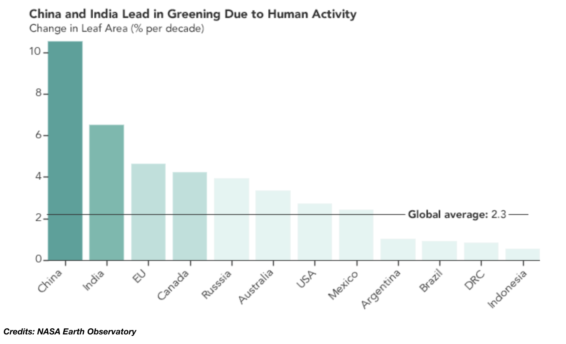
The world is greener now than 20 years ago
‘The world is greener now than 20 years ago,’ NASA revealed in a mid-February report, which achieved another spike in last week’s press. As reported by Forbes, India and China are largely to thanks for the increase in vegetation. This is in large due to ambitious tree planting initiatives by the two countries, but also intensive agriculture. China and India both underwent large-scale deforestation in the 70s and 80s, clearing old growth for urban development and agriculture. In 2016 India stole the world record for tree planting, having had 800,000 Indians planting 50 million trees in just 24 hours. NASA used its Moderate Resolution Imaging Spectroradiometer (MODIS) to make the findings, which provided up to 500-meter resolution satellite photographs for the past two decades.

Why are climate crises so underreported?
Perhaps a sad fitting this slipped through the net in last week’s Headlines coverage, as The Guardian reported mid-February that climate change as a driver of humanitarian crises, gets largely missed off the global news agenda. The study commissioned by NGO, Care International said that the ‘media must not turn a blind eye to such crises and the role of climate change.’ According to the article, a severe El Niño drought that diminished corn, cassava and rice fields led to over a million people going hungry in Madagascar. Though the growth of nearly half of the country’s children has been stunted, the story failed to break into global headlines. Executive director of War on Want blamed “climate change reporting that prefers pictures of polar bears to those we are killing with our inaction”. He continued: “Unfortunately the people being sacrificed every day…have been deliberately made invisible because the lives of those with black and brown skins simply don’t matter.”
We want you to share Forests News content, which is licensed under Creative Commons Attribution-NonCommercial-ShareAlike 4.0 International (CC BY-NC-SA 4.0). This means you are free to redistribute our material for non-commercial purposes. All we ask is that you give Forests News appropriate credit and link to the original Forests News content, indicate if changes were made, and distribute your contributions under the same Creative Commons license. You must notify Forests News if you repost, reprint or reuse our materials by contacting forestsnews@cifor-icraf.org.
